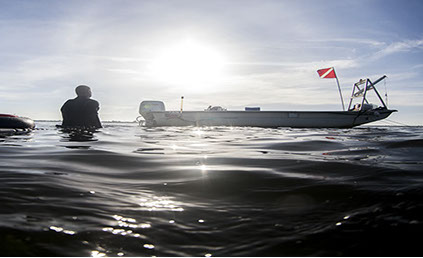About Our Clams
Hard clams, Mercenaria mercenaria, are marine mollusks that support fisheries and aquaculture industries along its distribution from Canada to Florida. Like other commercially important molluscan shellfish, such as oysters and mussels, clams have two shells, or valves, and are classified as bivalves.
The heavy shells are connected with a strong hinge, which allows clams to remain closed for days in refrigerated storage. Clams are benthic, or bottom-dwelling, and feed by filtering naturally occurring microscopic plants (algae) from the water.
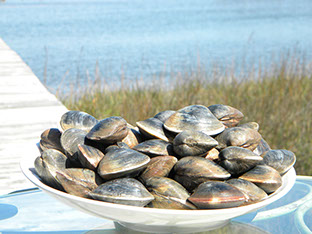
Clams require clean waters for harvesting
Clams are a unique food source in that they are consumed whole and often eaten raw. Also during their normal feeding, they filter large quantities of seawater. In doing so, they are capable of concentrating bacteria, viruses, and contaminants. If not properly managed, clams can be a health hazard. Thus, clams and other mollusks demand the highest quality of water.
Coastal waters must meet national standards for shellfish harvesting, which are the most stringent of all water quality classifications, far exceeding those required for swimming. In Florida, the Department of Agriculture and Consumer Services (FDACS) classifies waters for shellfish harvesting based on comprehensive surveys, including bacteriological monitoring.
There are currently 39 shellfish harvesting areas (SHA) in the state. Each area is managed by a specific plan, typically based on rainfall or river levels, which is used to predict when areas should be temporarily closed because elevated levels of bacteria make the shellfish unsafe for consumption. Areas may also close under emergency conditions, such as red tide blooms, hurricanes, or tropical storms.
FDACS Division of Aquaculture staff in five field offices monitor the quality of the water in each SHA on a routine basis. Areas are reopened for harvest when sampling indicates the waters once again are clean and the clams are safe for harvesting.
To obtain shellfish harvesting maps, classifications of waters, and the open/closed status of waters, visit the FDACS Division of Aquaculture’s website.
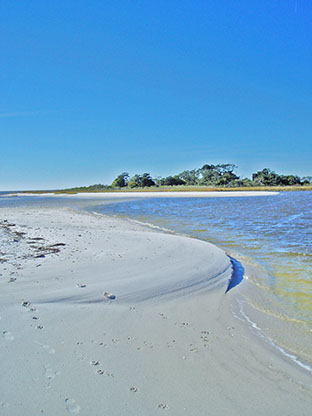
Clams are grown on farms leased from the state
Clams are grown in estuarine or inshore coastal waters on submerged lands typically leased from the state. The State of Florida has recognized it is in their economic, resource, and food production interests to promote shellfish aquaculture production through a progressive leasing program. The FDACS Division of Aquaculture administers this program.
One of the first requirements in siting a clam farm is that the waters must be pre-approved for shellfish harvesting. Proposed lease sites must also comply with resource management objectives by minimizing or eliminating adverse environmental impacts to fish and wildlife habitat, including seagrasses, as well as conflicts with upland property owners, traditional fisheries, and recreational user groups.
To that end, a comprehensive review of the site by state and federal agencies ensures the site is suitable and meets permit requirements. Clam growers must survey their lease, meeting state standards, and mark the boundaries with signage that includes their specific lease number. All Florida clams are grown in well defined, environmentally compatible lease areas.
Detailed information about leasing program can be obtained from the FDACS Division of Aquaculture’s website.
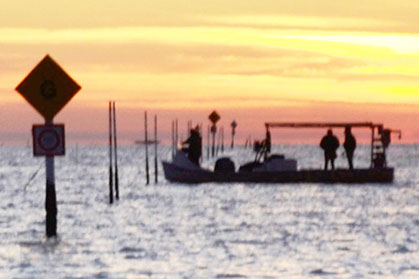
Clam production is highly regulated
Consumers demand safe, nutritious food. The production of quality clams begins on the water and continues through sanitary handling practices all the way to the consumer.
In the 1920s, the need for a uniform national program devoted to shellfish safety was recognized to ensure healthy shellfish. The National Shellfish Sanitation Program gives state shellfish programs current and comprehensive guidelines to regulate the growing, harvesting, processing, and shipping of shellfish. Adoption ensures uniformity across state boundaries and enhances public confidence.
The U.S. Food and Drug Administration (FDA) oversees compliance of state shellfish sanitation agencies. In Florida, DACS establishes and enforces regulations through the Comprehensive Shellfish Control Code. Clam growers and shellfish wholesale dealers must comply with all regulations through certification and licensing programs, as well as inspection. In addition, dealers must develop and implement a HACCP (Hazard Analysis and Critical Control Point) plan and Sanitation Control Procedures, as mandated by the FDA, to ensure safe processing practices.


Clam production is accountable
Traceability of where and how your food is grown, processed, and delivered has received national attention over the recent years. However, federal and state regulations to ensure accountability of molluscan shellfish have been in place for decades.
Accountability of cultured clams from point of harvest to the consumer is required under state rule by FDACS and is in compliance with federal requirements overseen by the FDA. At harvest, clam growers must tag their product, which provides information on where (shellfish harvesting area and lease number) and when the product was harvested. This tag is then retained by the wholesaler, who purchases clams from the grower. In turn, the wholesaler tag follows each batch of clams to its next destination, whether it is to a distributor, grocery store, or retail shop.
Consumers can ask to see the dealer tag at the time of purchase to ensure it has been delivered to its destination in a timely manner.
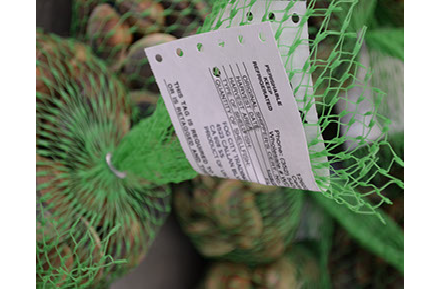
Clam farmers are certified and follow BMPs
All aquaculturists, including clam farmers, who are raising aquatic species for commercial sale must become certified through the state’s agricultural agency (FDACS). This annual certification of registration identifies farmers, their farms and products.
Certified clam farmers must also adopt and follow best management practices (BMPs). The certification and aquaculture BMPs programs were established by the Florida Legislature as a means of assuring that aquatic farms are accountable and, most importantly, do not negatively impact the environment. This innovative approach to environmental management allows for protection of water quality and natural resources.
The BMPs offer flexible and adaptive options for clam growers to achieve the state’s environmental standards. Developed with farmer and public input, these practices consist of instructions and guidance that address construction, operation, and management of aquaculture farms.
To learn more about these mutually beneficial, progressive programs, visit the FDACS website.
